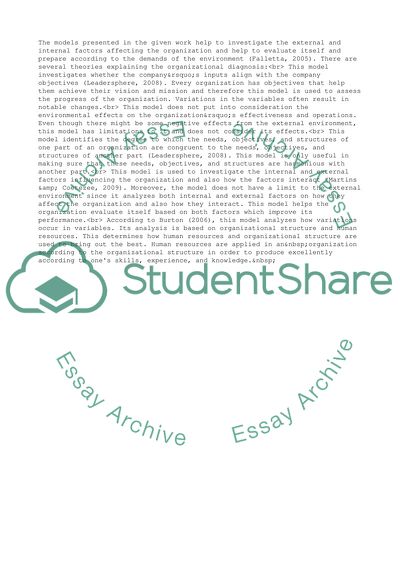Cite this document
(Strategic Organizational Diagnosis and Design Case Study, n.d.)
Strategic Organizational Diagnosis and Design Case Study. Retrieved from https://studentshare.org/management/1662859-bus699-mod-2-case
Strategic Organizational Diagnosis and Design Case Study. Retrieved from https://studentshare.org/management/1662859-bus699-mod-2-case
(Strategic Organizational Diagnosis and Design Case Study)
Strategic Organizational Diagnosis and Design Case Study. https://studentshare.org/management/1662859-bus699-mod-2-case.
Strategic Organizational Diagnosis and Design Case Study. https://studentshare.org/management/1662859-bus699-mod-2-case.
“Strategic Organizational Diagnosis and Design Case Study”, n.d. https://studentshare.org/management/1662859-bus699-mod-2-case.


